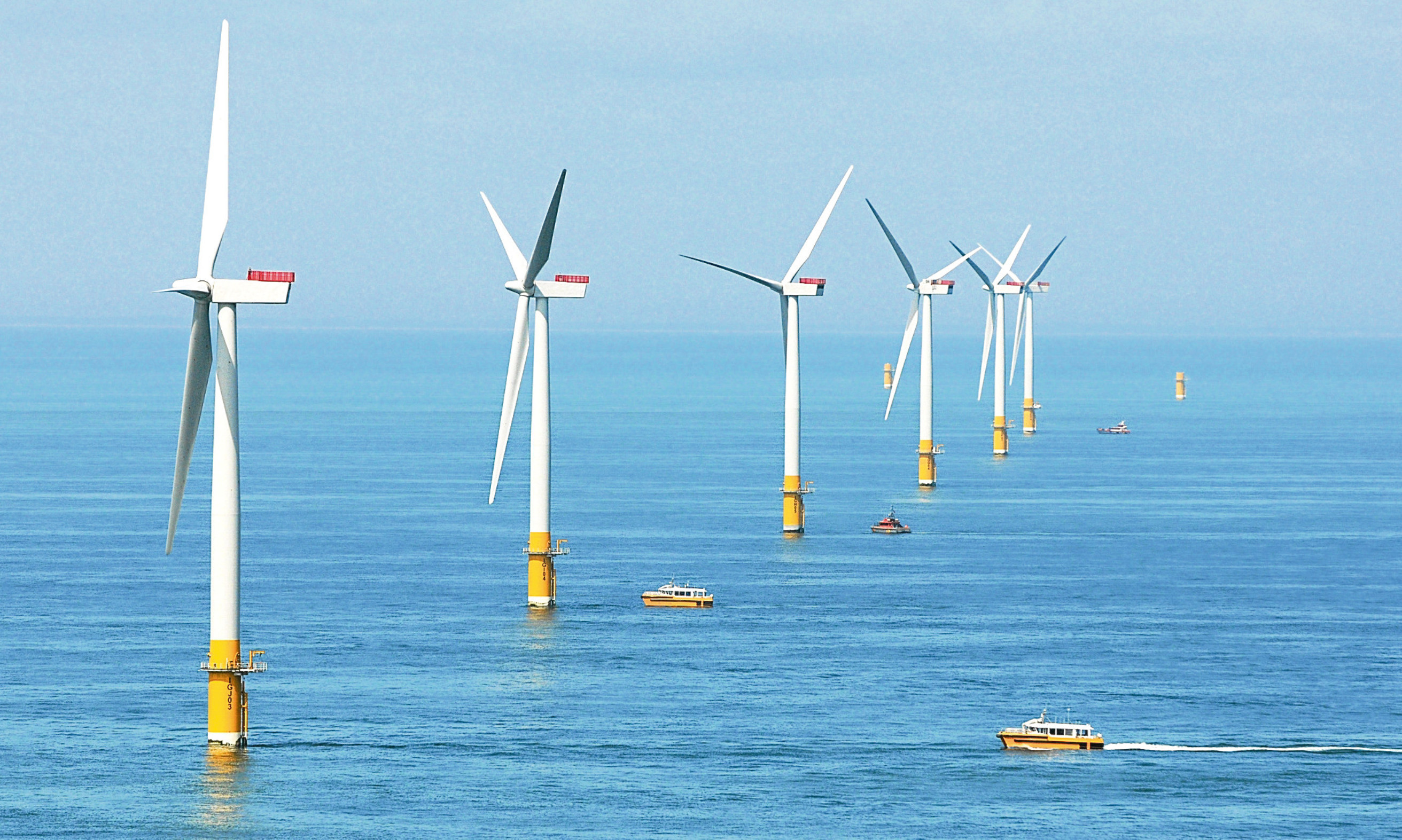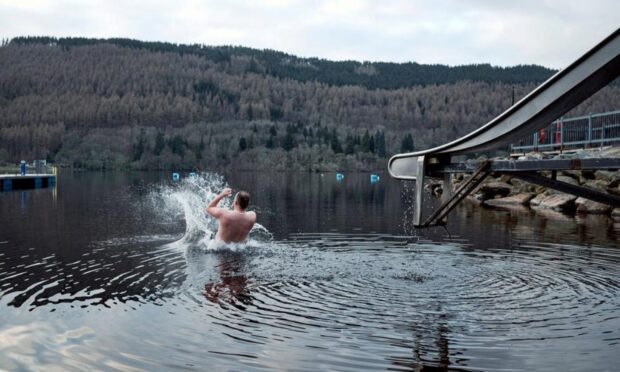Work on a £2 billion wind farm off the Fife coast will begin next year after the courts threw out a last ditch attempt to scupper the project.
Developers Mainstream Renewable Power said it expected to create 500 construction jobs after the final hurdle to developing out its Neart Na Gaoithe wind farm was overcome.
The project – and two other nearby arrays proposed by Inch Cape and Seagreen with a collective development value of circa £10 billion – have been in limbo for more than two years after bird protection charity RSPB Scotland launched a court action to overturn planning permission granted to the developers by Scottish Ministers.
RSPB Scotland initially won its case but the decision was overturned in May in a ruling presided over by Scotland’s most senior judge, Lord President, Lord Carloway.
The bird conservation group last month lodged an application with the Inner House of the Court of Session seeking leave to appeal that decision to the Supreme Court, but that request has now been denied.
The charity said it will take time to consider the latest ruling.
Mainstream said the decision cleared the way for it to build the 450MW Neart Na Gaoithe array.
It is the most advanced of the three projects, with both development funding and a power contract in place.
“After more than two years and two court hearings, we hope that the RSPB acknowledges a fair hearing and allows us to get on with delivering the very significant benefits this project brings to the Scottish economy and its environment,” Andy Kinsella, chief operating officer, Mainstream Renewable Power said.
“Once constructed this £2bn project will be capable of supplying 325,000 homes – a city the size of Edinburgh – with clean energy.
“It will create more than 500 direct jobs during construction and over 100 direct permanent jobs once operational. £540 million will be directly invested in Scotland during the construction phase with a further £610m during the operational phase.
“We are delighted with the decision and look forward to working constructively with the RSPB to take the wind farm into construction next year.
“This project was consented by Scottish Ministers in October 2014 on the advice of Scottish Natural Heritage and Marine Scotland.
“We have been rigorous throughout the project to work with partners and supply chain businesses to find the best possible way to deliver the project and we are looking forward to seeing NnG up and running.”
The Mainstream project will see a maximum of 64 turbines installed at the NNG site off Fife Ness.
The figure is almost exactly half of the 125 envisaged when the original array application was made in 2012.
The company said the reduction was as a result of technological advances in the intervening years.
The Inch Cape development will be situated off the coast of Angus and consist of up to 72 turbines. It is expected to go into construction in 2020.
The largest of the proposed developments is Seagreen, which will be built out in phases.
The first two zones – Seagreen Alpha and Bravo are also situated off the coast of Angus and would collectively have a power generation capacity of more than 1GW.
RSPB Scotland director Anne McCall said: “While disappointed by the Court of Session decision it is not wholly unexpected.
“We will now take time to consider the details and determine our next steps. The existing consents, if implemented, could have a significant impact on Scotland’s breeding seabirds but we are hopeful that by continuing to work with all the developers we will be able to reduce those impacts.
“The issues under consideration by the Court go beyond simply the impacts of multiple developments on important seabird populations and explore wider issues, we therefore must consider the implications of the decision for all aspects of the case.”











